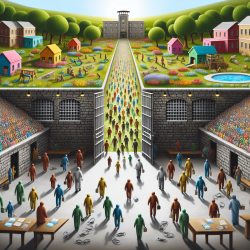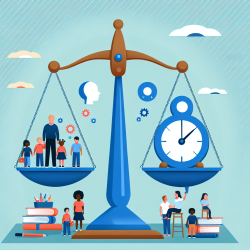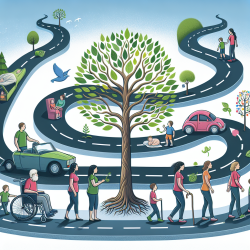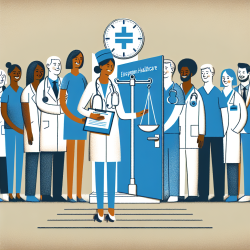Understanding the Impact of Decarceration on Public Health
In the wake of the COVID-19 pandemic, various public health strategies have been implemented to curb the spread of the virus. Among these, the concept of decarceration, or the reduction of jail populations, has emerged as a significant factor in controlling disease spread, as highlighted in the research article "Association of Jail Decarceration and Anticontagion Policies With COVID-19 Case Growth Rates in US Counties."
Key Findings from the Study
The study, conducted across 1605 counties, reveals that an 80% reduction in jail populations could potentially lead to a 2% reduction in daily COVID-19 case growth rates. This effect is even more pronounced in densely populated areas and communities with a higher proportion of Black residents. The research also evaluated various anticontagion policies, such as nursing home visitation bans and school closures, which showed significant reductions in COVID-19 growth rates.
Implications for Practitioners
For practitioners, especially those involved in public health and policy-making, these findings underscore the importance of considering decarceration as a viable strategy for epidemic control. The data-driven evidence suggests that reducing jail populations not only benefits incarcerated individuals but also mitigates the spread of infectious diseases in the broader community.
- Decarceration can lead to significant reductions in COVID-19 spread, particularly in high-density areas.
- Implementing policies such as mask mandates and visitation bans can further enhance public health outcomes.
- Addressing racial health disparities is crucial, as these communities are disproportionately affected by both incarceration and COVID-19.
Encouraging Further Research
While the study provides compelling evidence, it also opens avenues for further research. Practitioners are encouraged to explore the long-term impacts of decarceration on public health and to consider how these strategies can be integrated into broader health policies. Understanding the intersection of incarceration, public health, and racial disparities can lead to more effective and equitable health interventions.
Conclusion
The research highlights the critical role of decarceration in public health strategy, particularly during pandemic situations. By reducing jail populations and implementing effective anticontagion policies, we can create healthier communities and improve overall public health outcomes.
To read the original research paper, please follow this link: Association of Jail Decarceration and Anticontagion Policies With COVID-19 Case Growth Rates in US Counties.










